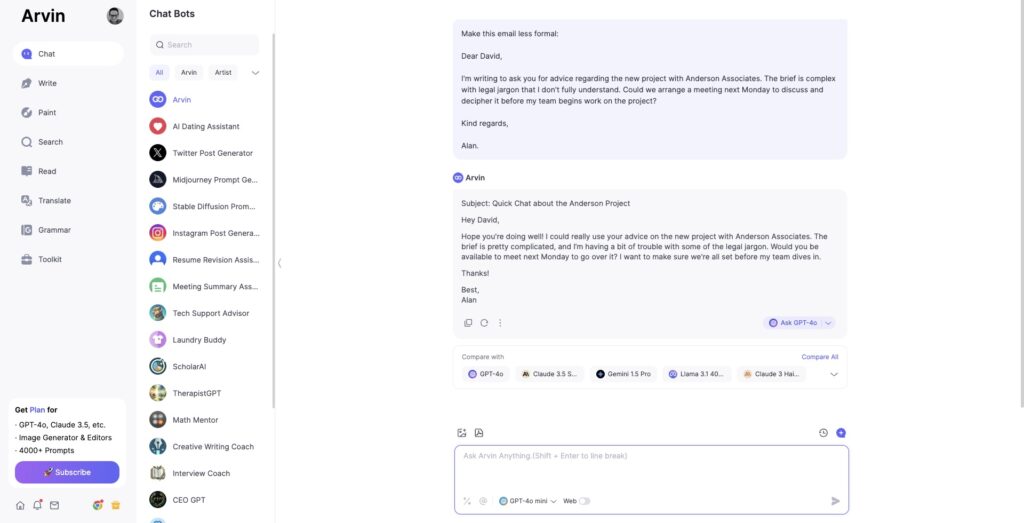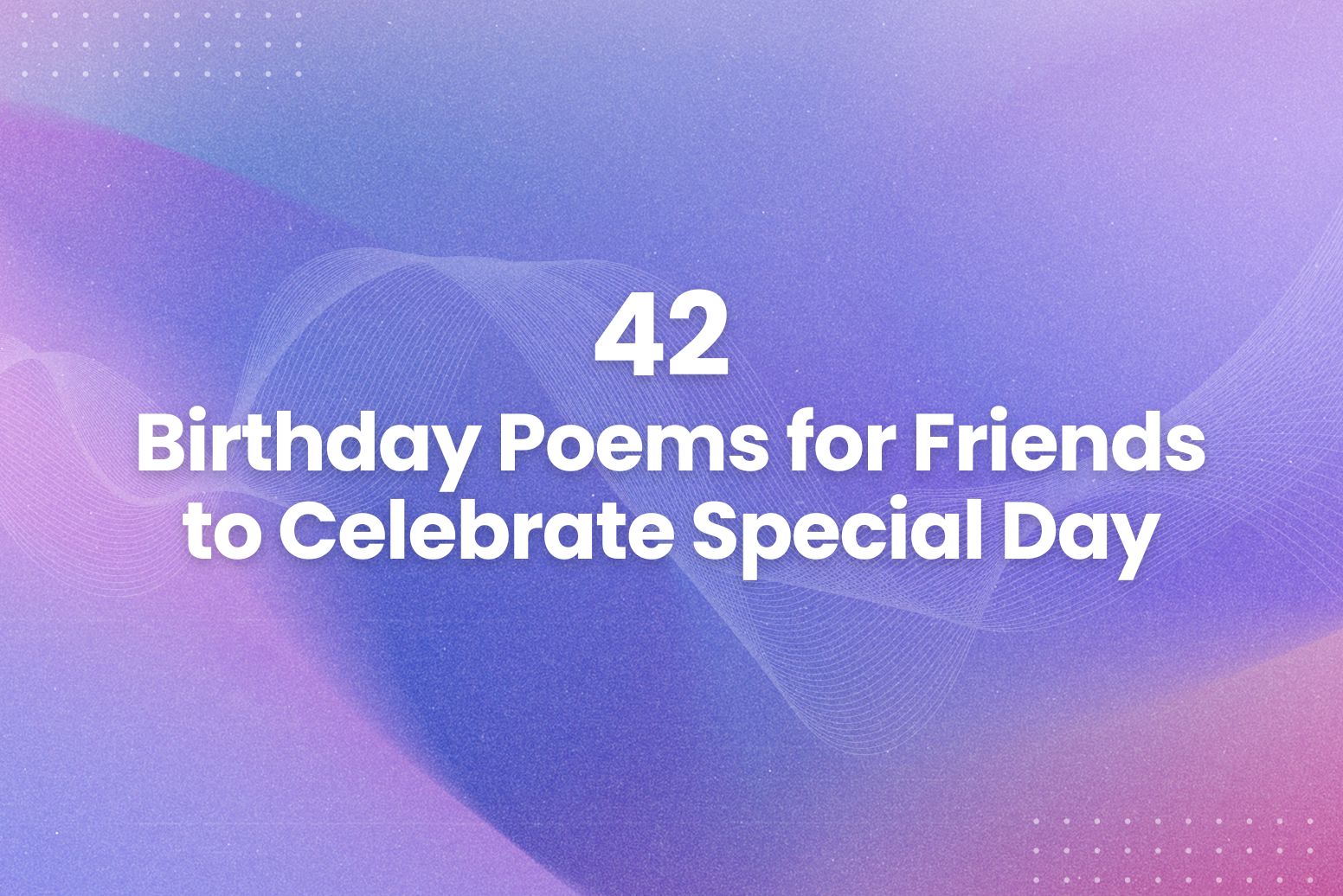Understanding the different tones in writing will help you to master the art of producing compelling copy.
Whether you’re writing professionally, maintaining a personal blog, or aspiring to publish a book, you need to be aware of the different tones you can use in your writing.
Mastering tone will give your written work the edge. It will also ensure that you write appropriately for your target audience, making your content more engaging and impactful.
While most writers are aware of the differences between formal and informal tones in writing, there are others to consider.
So, read on to discover the different tones in writing you should be aware of to improve your delivery significantly.
The different tones in writing – how many are there?

Some people will have you believe that there are only two different tones in writing – formal and informal. But in reality, there are at least a dozen different tones in writing you might choose to employ in your blog, website copy, or book.
In this blog post, we focus on the different tones in writing that will help you to be more engaging. After all, the more engaging your copy is, the more likely it is to resonate with your audience.
With the writing industry expected to grow in the coming years, you need to master tone if you’re a current or aspiring writer. The better you can write and engage with your audience, the more successful you will be.
It’s so important to be aware of the difference and distinction between formal and informal tones of writing, as these set the benchmark. All other different tones in writing are nuanced, and you can adopt them depending on the work you’re producing.
What do we mean by tone in writing?
The tone of your writing is concerned with the way you’re expressing specific words, not necessarily the words themselves.
When used correctly, tone helps to provide context to your writing. It influences the punctuation that you use, the words you choose, and the way you structure sentences.
The tone is important because it adds an emotional perspective to your text. This makes it easier for your readers to engage with the content. Consider the different ways a boss can ask an employee for a short meeting to discuss a recent project:
Example one: Sylvia, I need to speak to you regarding last week’s delivery. I expect to see you in my office tomorrow morning at 9.00 am.
Example two: Sylvia – great job last week. Free for a coffee tomorrow morning at 9.00 am in my office to run through the project milestones?
Though both the examples ask the same thing, the tone in each is completely different. When Sylvia reads the formal tone of example one, she will probably fear for her job. However, the informal, friendly tone of example two puts her mind at ease and shows her that there’s nothing to worry about.
The different tones in writing (with examples)
Okay, so now you understand the nuances of the different tones in writing, it’s time to look at the tones you can use with examples. Let’s begin with the two best-known tones, formal and informal:
1: Formal
We all grow up learning how to write formally. When you attend school and submit an essay, you’re required to write it in a formal tone. Therefore, a formal tone is expressed in most academic and educational settings, but it’s also the required tone of most professional writing.
Formality focuses on being direct and to the point. When writing formally, you shouldn’t use excessive contractions, and you should avoid slang and improper English.
Example: The meeting with the new client was successful. We delivered our presentation, outlined the milestones, and agreed on all deliverables. We expect positive feedback within the next week and look forward to a positive collaboration in the near future.
2: Informal
The opposite of formal writing is an informal tone. This tone is similar to how you might speak to someone in a conversation. It can be used in a professional setting, provided that you have a personal relationship with the person you’re writing to.
More commonly, informal writing is appropriate in text messages, emails, or communications between friends and family members. You can use less formal language and include colloquialisms, contractions, and even colorful language if you wish.
Example: Hi mate, top marks for the work with that new client. Let’s grab a beer later to celebrate!
3: Friendly
A friendly tone bridges the gap between formality and informality. It is warm and trusting and can be applied to both personal and professional writing. If you engage with people in a friendly tone, it can help to nurture relationships and give off positive vibes.
Example: I thought you did a brilliant job in that client presentation, so kudos to you. If you ever need any support with future presentations, drop me an email – I’ll be more than happy to help you put something together.
4: Assertive
From time to time, you might need to write in an assertive tone to display confidence and authority. This helps convey a crucial deadline to your team or to communicate a non-negotiable to a client. In a publication, an assertive tone adds to your credibility and will encourage your audience to trust your point of view.
Example: You must be clear with the client about the project milestones. Please include details about the weekly output and ensure they sign and agree to our stipulations.
5: Encouraging
If your aim is to motivate someone to achieve something, an encouraging tone is the way forward. It is supportive and empathetic, and it requires you to see the situation from the other person’s viewpoint. You should use less formal language when writing encouragingly, as this will help the reader to feel better about the situation.
Example: I have complete confidence in your ability to deliver the project’s key milestones. You’re a pro, Sylvia; do the work with your usual attention to detail, and you will nail it.
How to use AI to utilize different tones in writing
If you’re not an English major, you might find it challenging to adapt the tone of your writing each time you send an email or publish a blog. We get that it’s not the easiest skill in the world.
But did you know that you can use our AI Tools to adapt the tone of your writing? For instance, if you want to make an email more informal, you can prompt our AI accordingly.
Check out this example below, in which we asked Arvin AI to make an email to our colleague less formal without changing the context of the request:

As you can see from the example, the email is more informal and appropriate if David and Alan are colleagues on a first-name basis.
You can use Arvin to adjust the way you write and to change your text relevant to the different tones in writing, from formal emails to assertive blog posts.
The verdict: Understanding the different tones in writing
Understanding the different tones in writing is hugely beneficial. It will make your writing more relevant, engaging, and impactful.
Whether you’re writing to your bost or crafting a new blog post, adjusting the tone will make a big difference to the quality of the written text.
We recommend experimenting with formal, informal, assertive, friendly, and encouraging tones. If you get overwhelmed, don’t forget that Arvin AI is available to help you change the tone of your writing to suit your audience.
Different tones in writing FAQ
How many tones are there in writing?
There are at least a dozen different tones in writing, but the main ones are: Formal, informal, friendly, assertive, and encouraging. The more confidence you gain as a writer, the easier it is for you to switch between tones when writing copy.
How to identify tone in writing?
One of the best ways to identify tone in writing is to ask Arvin AI. You can prompt our AI tool to identify the tone of an email or blog post. Then, you can ask our tool to adjust the tone to ensure that it’s appropriate for the audience or intended recipient.
Is a formal or informal tone better?
Neither tone is better than the other; it’s about which is more appropriate. For instance, if you’re writing academically or professionally, a formal tone is probably better. However, if you’re communicating with friends or family members, an informal tone is perhaps the better option.








